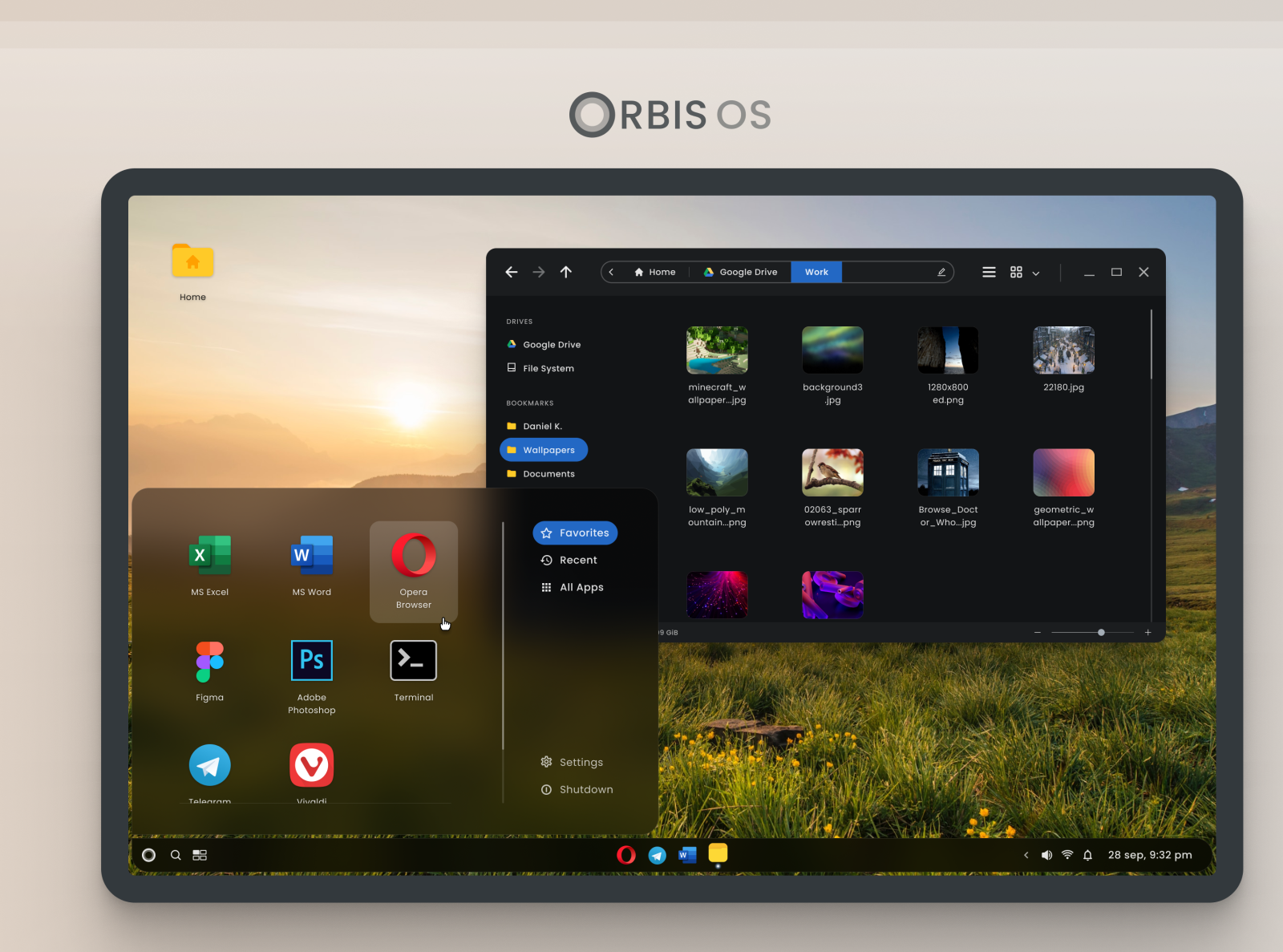

You may argue that creating such a system is a time-consuming process by itself. In business terms, this means that design systematization not only accelerates the production process but also releases human resources to be focused on strategically more important issues. We already clarified that a systematic approach saves time and energy for the designer (and most often developer) teams. Particularly visible this becomes in the long-lasting perspective, regarding products and services developed for years. Unless you are a company with a nation-size budget, man-hours expenditures dedicated to a product design and development process would definitely matter.
#DESIGN SYSTEM DESIGNER SERIES#
However, what we owe to Atomic Design is a rigorous and conceptualized approach to keep our work in order.Īlong with evident advantages of a structured approach to design for the workflow, already noted above, it also has a series of less evident, yet strategically priceless benefits for the entire business process. Designers have always been reusing elements and trying to keep things consistent. That's not to say that there were no such systems before 2016.
#DESIGN SYSTEM DESIGNER CODE#
It's also crucial to point out, that developers are able to attach code snippets to each of these elements to ensure code consistency and reusability.

#DESIGN SYSTEM DESIGNER PROFESSIONAL#
It makes their professional life a little bit easier and more cost-effective, in terms of time and energy spent. Still, along with the mentioned fundamentals, any design system will reflect all the usability principles, for two main reasons.įirst, any such system is created primarily for the designer’s community as its end users. This implies a certain level of autonomy of each element, meaning that dramatic change or elimination of any component would not make the entire system meaningless. That is why, both the architecture and interface of a system have to be enough flexible to modification. The context of the design process always changes due to revision of business objectives, updates in user needs and expectations, and sophistication of the technological base of a product. In line with the previous principle, this rule focuses rather on the visual organization of a system, with each element made responsive to redesign and development, as well as introduced via a visually clear interface, with concise hierarchy and sufficient space between components. This can be compared to a huge bureaucratic mechanism leading to design dehumanization, reduced spontaneity, and zero innovativeness.

Arrangement of everything, up to the most peripheral and redundant elements, would produce distraction and eventual frustration of a designer's creative process. There is a reason that standardization includes only those components that are planned to be reused and rules that are really comprehensive. The most essential principles worth particular mentioning include: Design system definitionįrom a more formal standpoint, it is a structured, visually organized, and logically consistent kit of multi-mission components, as well as standards and rules of their implementation, in order to organize the design experience in the most effective, consistent, and predictable way. In layman's terms, it is considered a collection of all of the reusable components, such as buttons, input fields, headers, their states, and the rules and guidelines of their usage.


 0 kommentar(er)
0 kommentar(er)
